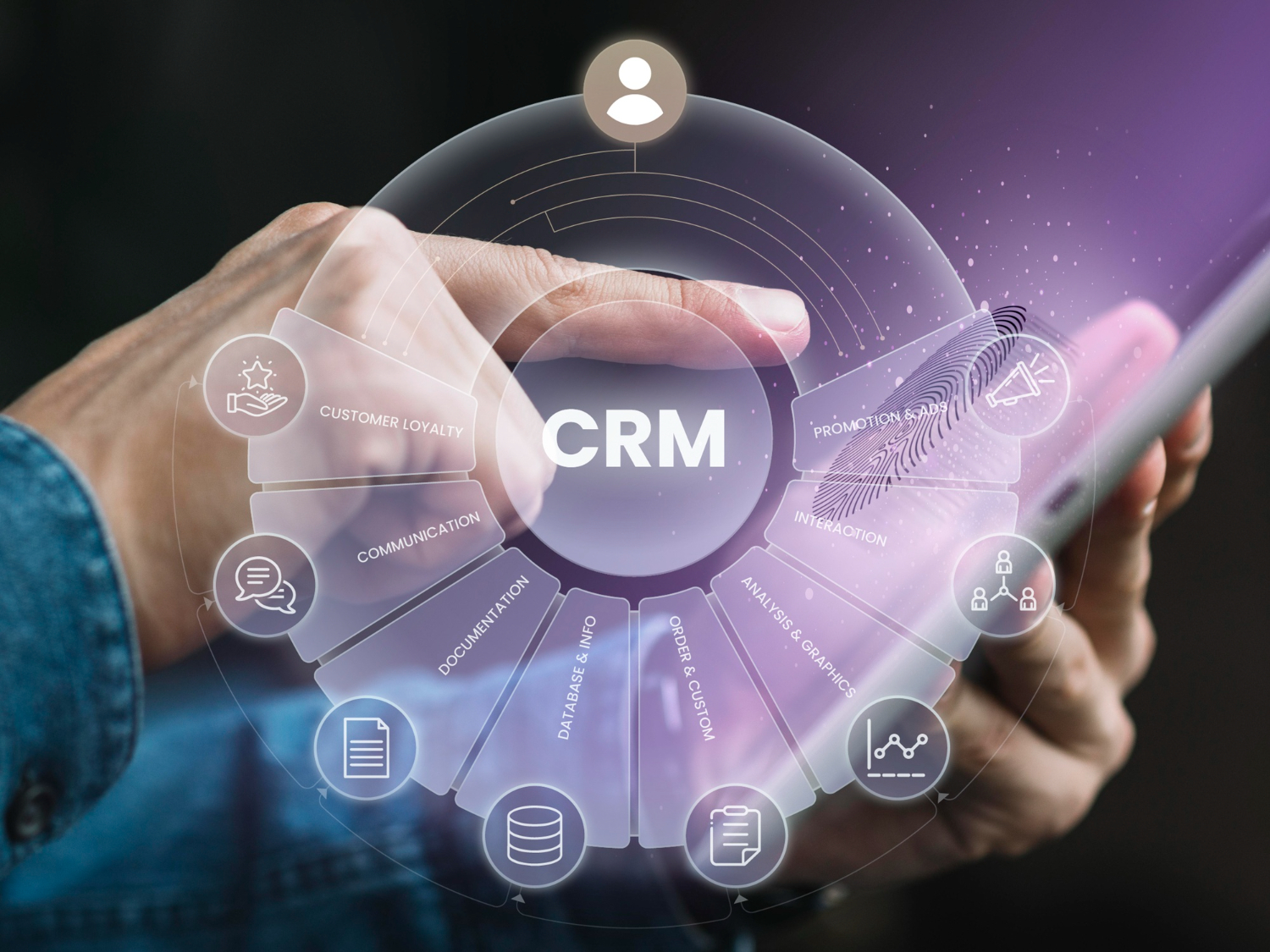If you are going to proclaim that you care, then you should truly demonstrate it. If you proclaim you care about showing customers love, then you’d bloody well better act like it. More damage is caused by not walking the talk. “Your Call is Very Important To Us”… Is it really? I have spent the …
Sales & Marketing/
Customer Relationship Management
We’ve all heard the saying “knowledge is power.” What we often forget to do is to stop and ask our customers and even ourselves if we are focusing on the right issues. WHAT is important to your customers? Is it the speed of service or response? Is it quality of service or response? Is it …
We all know the Transportation Security Administration (TSA) is engaged in the important work to prevent customer service disasters involving extreme loss of life, and because its job is so important to us, the TSA as the big dog in charge has been getting the brunt of the criticism for any appalling incident involving airport …
A lot of call centres experience peak call volumes around this time of year, especially if they’re supporting the retail sector, and with inclement weather hitting right now people are stressed with driving, shopping, baking and trying to get everything done before the holidays start. Sometimes our customers can be a little impatient and conversations …
Recognize the bad stuff too! How to make the good words even more meaningful for Reward and Recognition in your Call Centres A friend emailed me the other day and suggested that we could make our words even more meaningful by effectively dealing with issues and concerns. He said ‘Even if you deliver recognition perfectly, …
Submitted by Guest Writer Rosanne D’Ausilio, PhD Consultant, Master Trainer, Customer Service Expert, Coach & Best Selling Author To Train or Not to Train: Kicking Your Customer Service Up a Notch According to a recent survey conducted by Tealeaf, a leading customer experience management company, one key element to surviving an economic downturn is excellent …
We can’t place enough value on the face to face interactions we have with our call centre staff. Making it a daily habit to ‘walk-about’ is a great one to establish early on when you’re leading a team. But ‘positive reinforcement’ comments can be double edged and you may be perceived as being ‘fake’ if …







